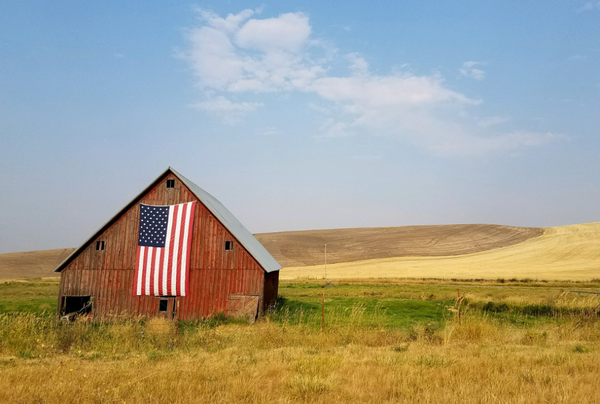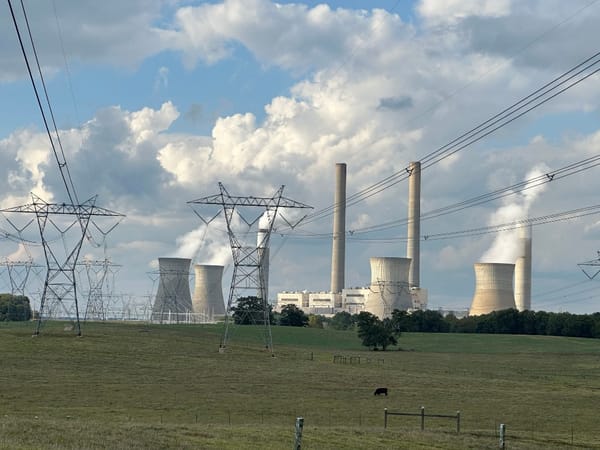Todd Foje: Can High-Speed Broadband Finally Bridge the Gap Between Rural and Urban Communities?
What makes one community flourish while another one struggles? Lack of jobs and essential amenities are often cited as reasons why people move on from rural and midsized communities. In our connected world today, access to technology is a difference-maker. In 2020 and beyond, high-speed broadband-dr
Broadband Breakfast

What makes one community flourish while another one struggles? Lack of jobs and essential amenities are often cited as reasons why people move on from rural and midsized communities. In our connected world today, access to technology is a difference-maker.
In 2020 and beyond, high-speed broadband-driven services are becoming a catalyst for growth by providing digital opportunities, regardless of location. We’re seeing rural communities pursuing broadband as a way to ensure businesses and residents have access to services comparable to those found in larger cities, without having to travel great distances.
Broadband driven services and amenities make a difference
Telehealth services. Long-distance clinical healthcare enabled by high-speed broadband networks allows rural hospitals and medical centers the ability to provide more advanced services without requiring travel to larger urban areas. For example, Sidney Regional Medical Center (SRMC), a critical access hospital in Sidney, Nebraska serving a seven-county area, struggled with less-than-ideal connectivity. As a result, SRMC updated its internet services to a dedicated fiber line that connects all its facilities, with one data center.
Today SRMC offers access to acute and critical care, a 24-hour emergency room, physicians’ clinic, walk-in clinic, surgical services, home health and hospice, extended care, assisted living, and more. Ultimately, there will be remote sites in small communities around Sidney where patients will be able to connect with a primary healthcare provider or a specialist via video conferencing.
Community banks. Known for focusing on the needs of the community where the bank is located, funds for rural-area banks typically come from the local people and businesses. Community banking is referred to as “relationship banking” versus the “transactional banking” model of large nationwide banks and newer 100% digital neobanks. Broadband connectivity and high-speed internet access allow these local institutions to compete with the larger nationwide banks by offering mobile banking and other online services.
Education. These days, students at all levels rely on digital learning and having fast and reliable internet is critical for students and staff. A wide variety of online programs such as “Skype a Scientist” and “Canvas,” a cloud-based education platform, offer resources that may not be available locally.
For Chadron State College, the only four-year, regionally accredited college in the western half of Nebraska, a 500 Megabit per second (Mbps) ethernet connection to a data center in Omaha expands their learning territory, enabling bachelors and master’s degrees through affordable and accessible online courses. What’s unique for a college the size of Chadron State is that athletic and performance arts facilities are connected to the college fiber backbone so live musical performances, sports events and even graduation ceremonies can be webcast. Faraway family members and friends can watch live campus events through Chadron’s statewide TV program and feel like they’re in the audience.
Bridging the digital divide
Of course, the costs to deploying fiber in rural areas are significant. Fortunately, in some cases government support is available.
To help provide quality high-speed internet services for unserved rural Nebraska residents, broadband deployment support for rural communities such as Herman, Neb., has made the difference. With funding from the Nebraska Universal Service Fund, GPC recently deployed 60 miles of fiber in rural areas outside of the town of Herman, resulting in fiber-to-the-home internet services to approximately 100 rural households.
The digital divide between rural and urban communities will continue to shrink as we bring high-speed broadband, particularly fiber broadband, to more and more areas across the United States, empowering individuals, businesses and institutions – regardless of their location.
About the author:
Todd Foje is the CEO of Great Plains Communications. A native of Jefferson, Iowa, he now resides in Omaha, Nebraska. As a certified public accountant and attorney, he has a BSBA degree from Creighton University, a Juris Doctor degree from George Washington University and a Masters of Law in Taxation (LLM) degree from Georgetown University.
BroadbandBreakfast.com accepts commentary from informed observers of the broadband scene. Please send pieces to commentary@broadbandcensus.com. The views reflected in Expert Opinion pieces do not necessarily reflect the views of BroadbandBreakfast.com and Breakfast Media LLC.









Member discussion